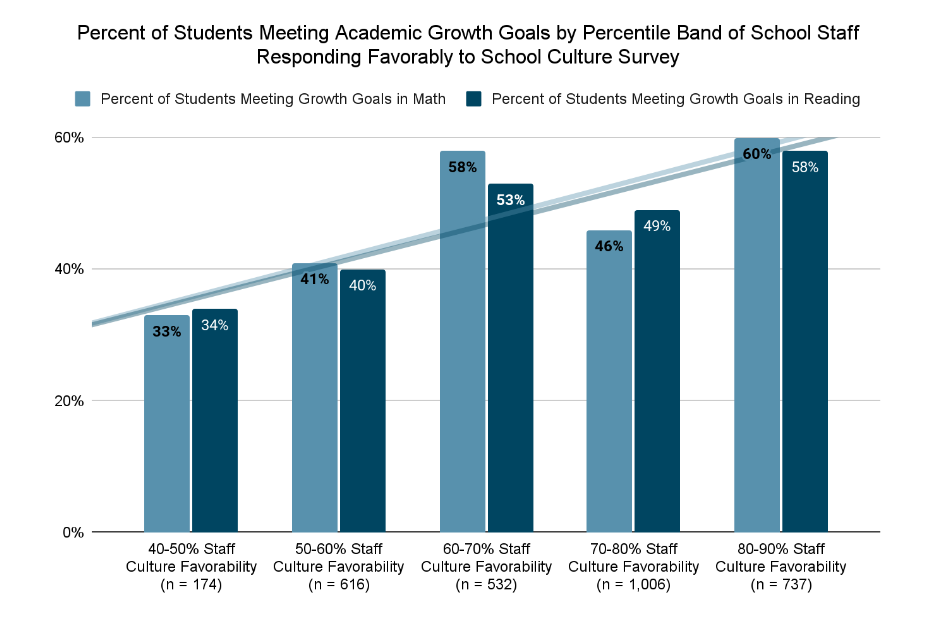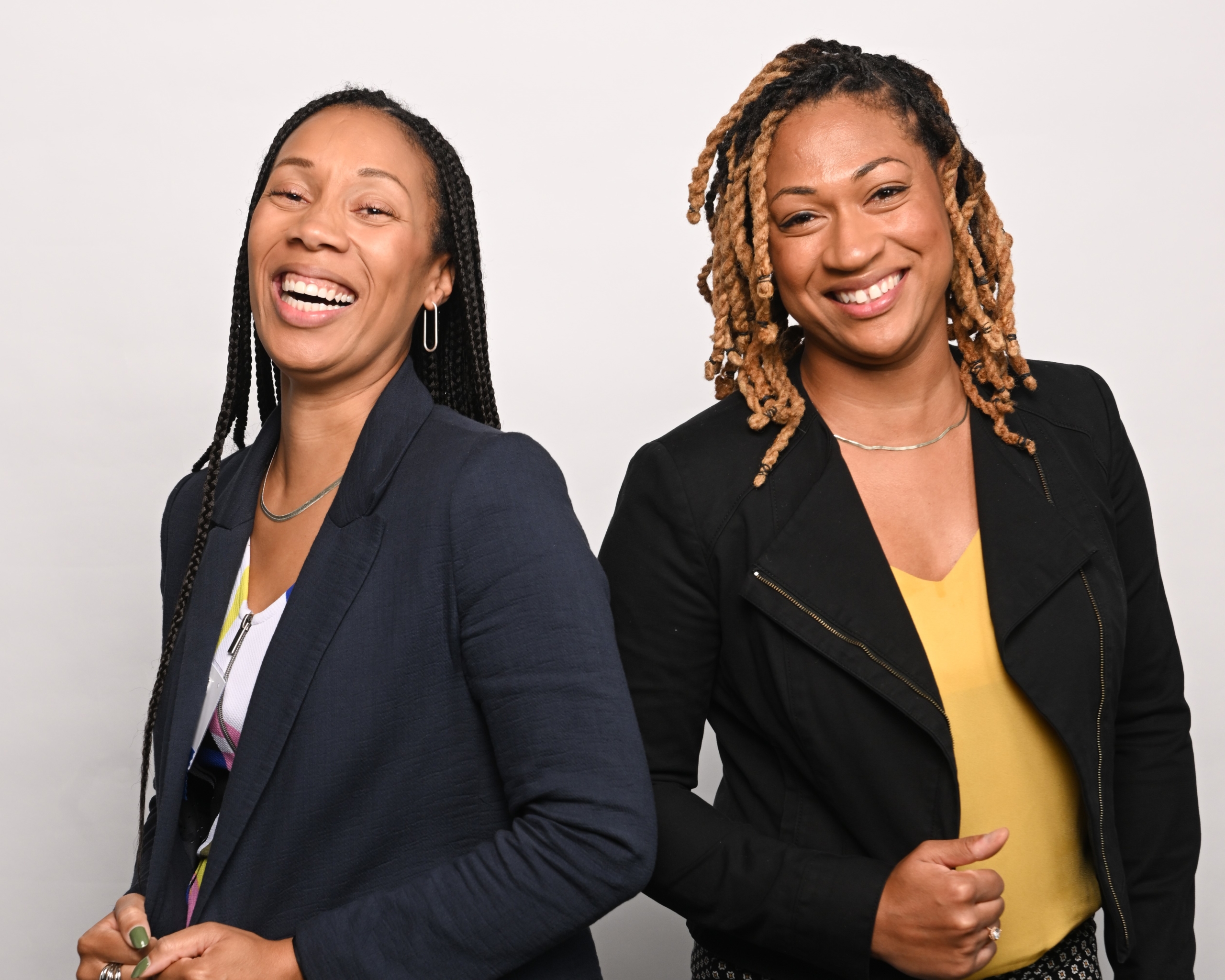By Mia Howard, Senior Partner, Innovative Schools
Finding and keeping diverse and talented teachers is a growing challenge in many parts of the country. Years of disrupted schooling, political and cultural battles, and school shootings have taken a toll on educators. A study by the National Center for Education Statistics in March found that 44% of all public schools reported having teacher vacancies, with 61% of schools citing the pandemic as the main cause.
At the same time, few schools have made changes to outdated staffing practices despite the fact that people’s needs and attitudes toward work have changed. We believe it is time to rewrite the rules of teaching and reimagine the teaching profession.
Piloting and scaling innovative staffing models can make teaching a more diverse, rewarding, and sustainable profession while ensuring students have equitable access to educators who can have the greatest positive impact on their learning and wellbeing. Many schools in our portfolio have found creative ways to attract and retain good teachers in the current environment. At these schools, teachers work in teams, not in isolation, share manageable workloads, and receive expert coaching and support as well as higher, differentiated pay.
Our team found strong positive relationships between a school’s culture and climate, teacher retention rates, and student outcomes. In schools with high teacher satisfaction and retention rates, for example, 60% of students are meeting growth goals in math and 58% are meeting their growth goals in reading. We hope that by sharing what we have learned, more districts and schools will embrace innovative staffing models to attract, develop, and retain the educators that students need to grow, learn, and thrive.

Use instructional time strategically and flexibly to meet teacher and student needs
Instead of the traditional “one teacher, one classroom” model, where a single teacher is responsible for meeting the different needs of every student in a classroom, Atlas Public Schools in St. Louis uses a co-teaching model. With two educators in each classroom, students can get more personalized attention and differentiated instruction. This creates a more sustainable workload for teachers. Atlas also operates year-round, a decision that is just as much about supporting educators as it is about supporting students. In lieu of a long summer break, the school runs in five-week academic cycles followed by two-week breaks. This allows teachers to have a week to reflect, collaborate, and plan and another week to rest. During this time, students continue to access academic and enrichment activities delivered outside the school by community partners. By using a co-teaching model and a year-round academic calendar, the school has seen positive results. Atlas kindergarten and first grade students are achieving at the 60th percentile in math and at the 50th percentile in reading nationally. The school’s staff retention rate is 98%, above the national average.
Organize teams in ways that optimize for mentorship, relationship building, and manageable workloads
In a typical school, teachers are saddled with responsibilities that often distract from the core work of intellectual preparation, creating joyful and engaging learning environments, and sustaining positive relationships with students. At Third Future Schools, a network of public charter schools in Colorado and Texas, traditional teaching roles are unbundled and differentiated to support students. A team of curriculum specialists is responsible for developing daily lesson plans while teaching assistants are responsible for making copies and grading assignments. By unbundling these responsibilities, teachers can focus on providing high-quality instruction and building relationships with students. CEO Mike Miles likens the staffing model to the way effective hospitals are run, where nurses and doctors own clearly defined aspects of patient care. Experienced educators also provide coaching and mentorship to novice teachers through an apprenticeship model to ensure students always have access to well-trained, well-prepared teachers. This model has been highly effective. At Coperni 3 in Colorado Springs, 77% of students are meeting their growth targets in math and 66% are meeting their growth targets in reading. The school also had 83% of teachers and staff who returned this year.
Prioritize building inclusive organizational cultures and equitable systems and structures to attract and retain diverse talent
Schools in our portfolio that consistently prioritize diversity, equity, and inclusion (DEI) practices have high teacher satisfaction and retention rates as well as positive academic outcomes. Phoenix International Academy, a K-8 public charter school in Phoenix, has had success attracting and retaining diverse teachers. Founder and Executive Director Ivette Rodriguez says she embeds DEI practices into hiring and professional development and pays close attention to teacher data disaggregated by race and ethnicity to guide her decision-making. The school staffing model encourages collaboration and communication across lines of difference and teachers with less experience receive mentorship and coaching from more experienced ones. Rodriguez credits these practices and the work of her team for the school’s high staff retention rate — 81% of teachers and staff returned this school year — and most students meeting their academic growth goals.
Align compensation with other incentives to keep strong educators
When thinking about teacher sustainability, it is important to consider benefits beyond teacher salaries. Innovative schools also consider workplace culture, quality of life, and work-life balance. This is especially true in our current environment of economic uncertainty, rapidly rising costs of living, and real-time shifts in what people want and need from their work. At Compass Rose Public Schools, a K-12 charter management organization in Texas, which has been certified as a “Great Place to Work”, a strong and healthy organizational culture is at the heart of their employee value proposition. In surveys, staff have shared that relationships between teachers and students are respectful, the organization is charting a path for continuous improvement, teachers are trusted to teach in the ways they think is best, and the overall working environment is positive. Compass Rose Harvest has an 84% staff favorability rating, strong teacher retention (hovering above 90%), and the majority of students meet their academic growth goals annually.
***
The last three years of schooling have challenged every educator to reimagine the learning environment for students. Similarly, school system leaders should reimagine the educator experience and create environments where educators feel supported, respected, and valued. The schools we have chosen to spotlight show that there is more than one way to attract, develop, and retain effective teachers. What is the same is their focus on educator wellness and sustainability while keeping the needs of students front and center and developing learning environments that are built to last.
In case you missed it: Watch our most recent Bright Spots broadcast, “Rethinking Teaching for Excellence and Sustainability”



